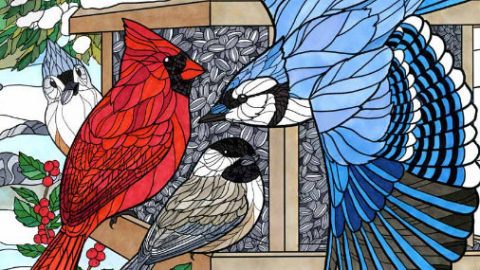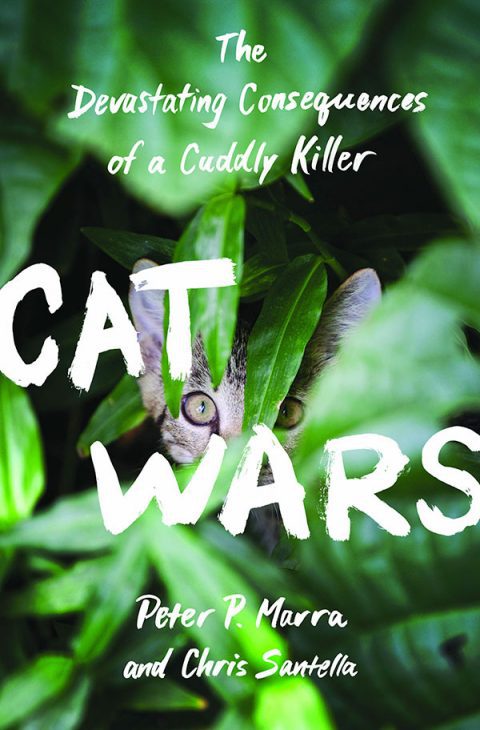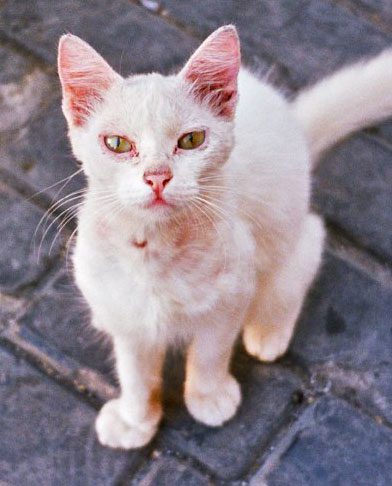The Obituary of the Stephens Island Wren
An excerpt from Cat Wars by Peter P. Marra and Chris Santella; published by Princeton University Press
January 11, 2017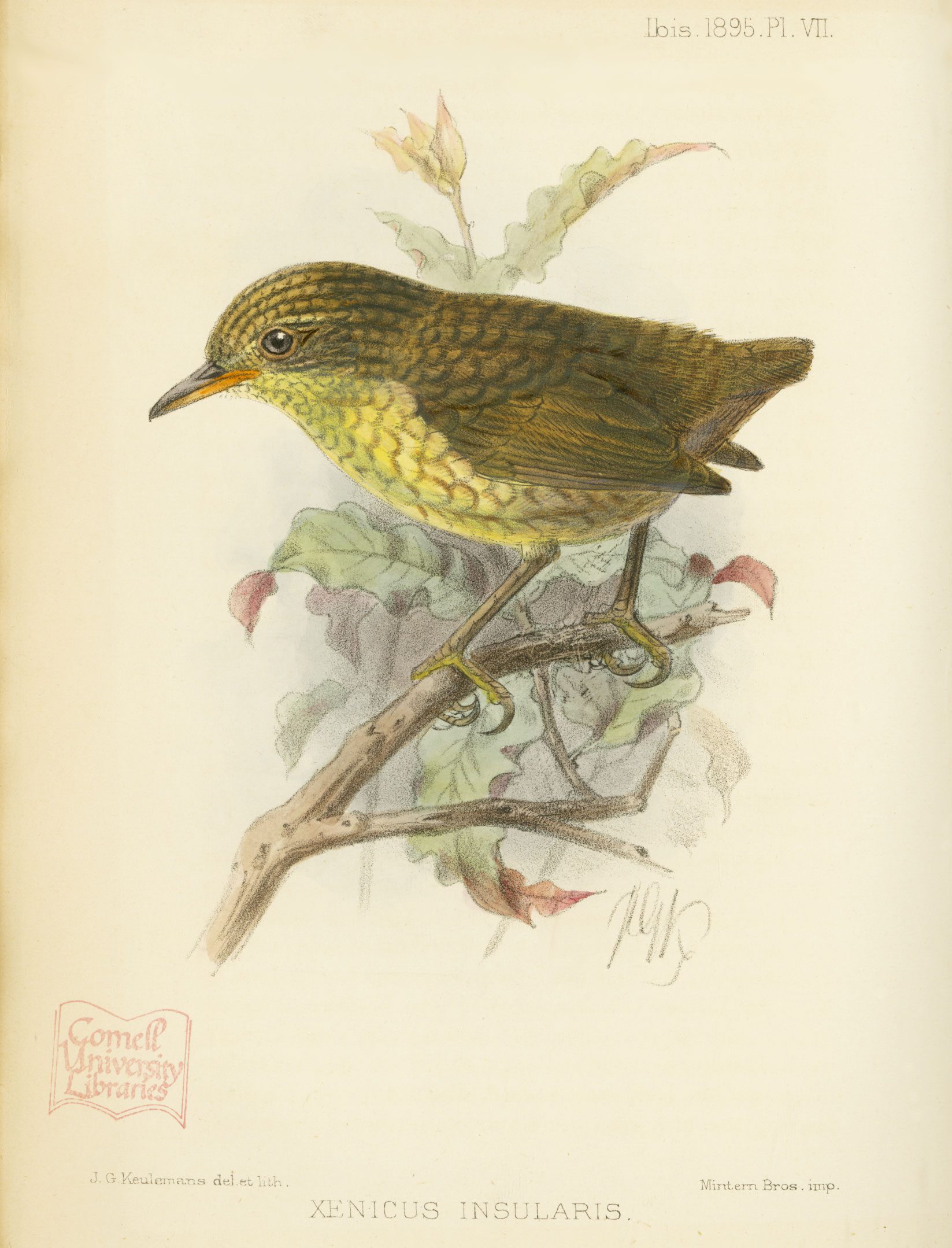
From the Winter 2017 issue of Living Bird magazine. Subscribe now.
This article is an excerpt from the first chapter of Cat Wars: The Devastating Consequences of a Cuddly Killer, written by Peter Marra, director of the Smithsonian Migratory Bird Center, and Chris Santella, and published by Princeton University Press.
Rising high from the Marlborough Sound into the Maori sky off the South Island of New Zealand is Stephens Island. The island lies two miles from the mainland and 55 miles from Wellington, is no bigger than a quarter of a square mile, is taller than it is wide, and has peaks reaching almost 1,000 feet. Like all of the islands of the region, Stephens Island has short, craggy, and almost impenetrable vegetation, likely because the land is guilty of trying to stop the strong and persistent southeasterly winds sweeping in from the Antarctic Continent. According to historical accounts, landing on the island was so treacherous that few people had ever stepped foot on its shores, which left it largely pristine. In fact, the island had likely stood in place for millions of years without human impact; if the Maori people had ever visited, they left no trace. Anglo explorations of the island began in the 1870s, led by New Zealand maritime officials who had determined that a lighthouse installation was needed to ensure safe passage through nearby channels. Several hundred people had lost their lives in three major shipwrecks in the mid-1800s in New Zealand, so lighthouse construction had become a priority. By the early 1890s a lighthouse and several modest homes had been erected on Stephens Island for three lighthouse keepers and their families to share. With little human companionship, lighthouse keepers would often bring cats with them to their island outposts. As one story goes, a cat, possibly named Tibbles, made it to Stephens Island and was allowed to roam free.
David Lyall liked his solitude. He was literate, fit, and orderly, but, most important, he could keep a paraffin lantern burning cleanly. Lyall was cautiously excited about his new position as an assistant lighthouse keeper for New Zealand Maritime. It was January 1894, and he would be one of 17 people at this new outpost. Being a lighthouse keeper in the late 1800s was not an easy job, although the primary duty—keeping the light burning bright and clean—was straightforward, requiring a constant trimming of the wick to maximize the flame and reduce the smoke. Many lives were in the keeper’s hands: A rock near an island on a coal-black night could tear through the wooden belly of a ship in a matter of seconds, meaning an almost certain death for sailors. Many sailors at the time could not swim and, ironically, hated water—especially the frigid subantarctic waters enveloping the southern islands of New Zealand.
The challenge of being a lighthouse keeper was one of endurance—enduring rough weather, the claustrophobically small community, the lack of fresh food, and most of all the isolation. Lighthouse keepers received new provisions from the mainland only twice a month. To bolster their larder, they might keep cows for fresh milk, sheep for wool, chickens for eggs. They might garden a bit if the soil and weather permitted. Lyall was not daunted by these challenges. He had a wife and at least one son, so he needed to make a fair wage. He was also eager to pursue his passions, even if doing so meant life on an isolated island. Lyall loved animals and had an insatiable curiosity for natural history and especially for watching birds. An amateur ornithologist, he was especially eager to study the avifauna of the island and envisioned perhaps even preparing some bird specimens for museums.
Lyall likely was preoccupied at an early age with a need for order, and this would have contributed to a need to name and classify everything he saw in nature. In his passion for animals and their nomenclature, Lyall probably found comfort and an explanation for how nature worked. It was like solving a puzzle, revealing something previously unknown, and providing order to a natural landscape that appeared to be in disorder. Lyall was a self-taught naturalist, drawing most of his understanding from the few books that were available on the natural history of New Zealand (field guides had yet to be invented). He may have found inner peace in nature, through watching birds and their behaviors, and identifying and ascribing names to existing species. Lyall also probably found an inherent value in nature that he could not quantify, justify, or even articulate. He was blindly focused on getting to his new post on the largely unexplored and uninhabited island, a place where he could finally pursue his passions. He envisioned spending long nights deep in thought, identifying specimens of plants, insects, and birds, burning through large amounts of paraffin oil—all while supporting his family.
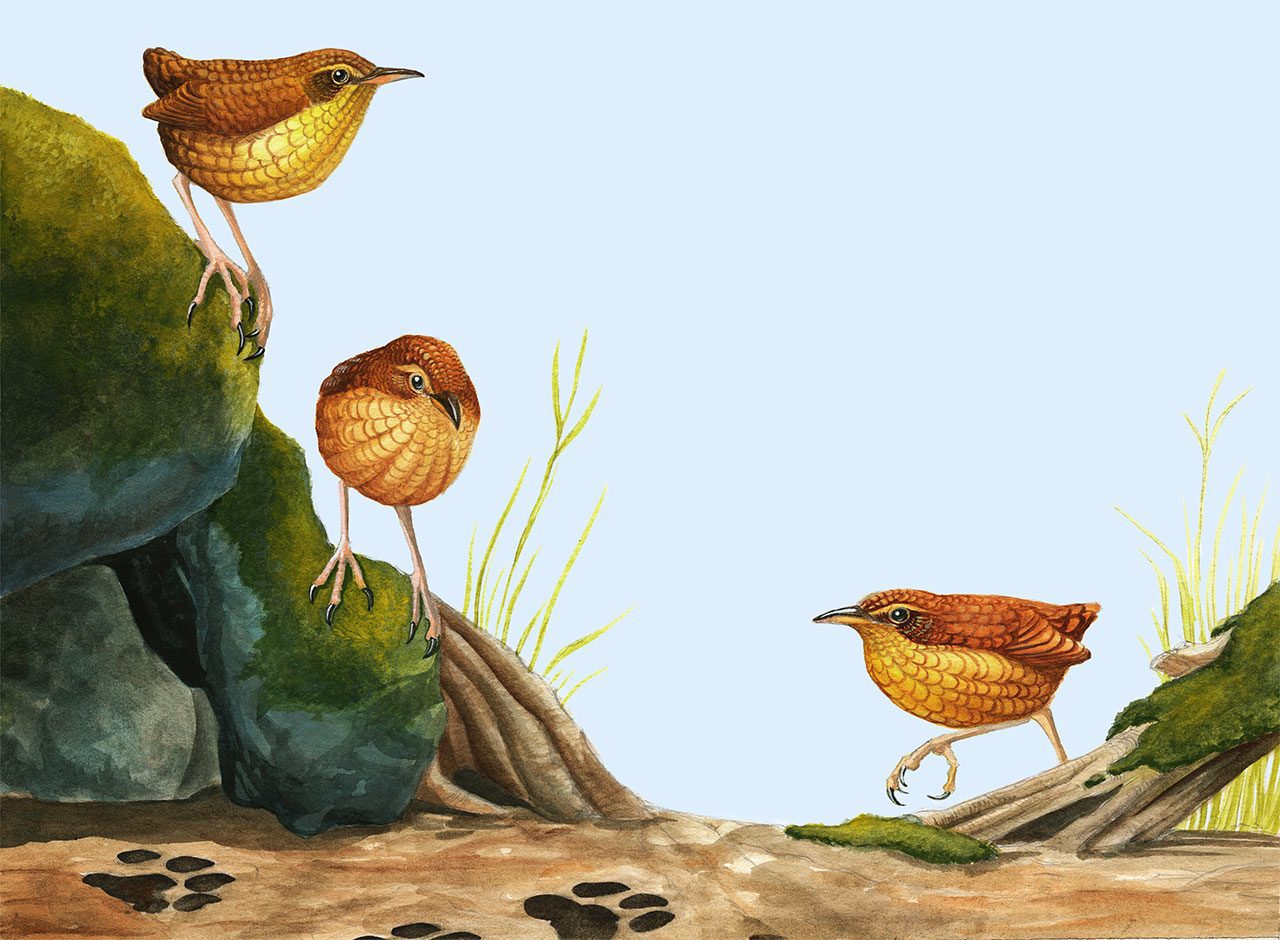
Lyall would find the perfect study species for his avian interests in the Stephens Island Wren, then undescribed but eventually to be named Xenicus (Traversia) lyalli. Except for feathers and eggs, the Stephens Island Wren bore more resemblance to a mouse than a bird. It lived a hobbit-like existence, foraging in logs and even in underground burrows and boulder piles. Some accounts even suggest the wren was semi-nocturnal. Equipped with large feet and a short tail, it ran low to the ground among the shoreline rocks or jumped from branch to branch through thick tangles of knotty shrubs. It flapped its vestigial wings to help on the occasional long jump—perhaps its closest approximation to flight. Nearly everything about this species made it wren-like, though it was not actually a member of the wren family (we will continue to refer to it as a wren), but instead was a member of the endemic New Zealand family Acanthisittidae. It was one of only three flightless species of songbirds in the world. It did not need to fly. There was no need to leave the island or the ground for long—food was available throughout the year, and the species could breed on the island.
More important, there were no predators. Flying requires trade-offs with other costly adaptations, and because there was no need to escape or migrate, this small wren, weighing little more than a large coin, lost its ability to fly.
The Stephens Island Wren was millions of years in the making. Enormous evolutionary changes in natural history and biology had occurred over time, generation after generation, to make it unique. Each year wrens nested, laid eggs, raised young—sometimes more, sometimes less, depending on the quality of the mate, the amount of food available, the climate, or some complex mix of all these things. The species’ size, color, and shape changed at varying speeds over time, sometimes at a glacial pace, sometimes more rapidly. But this species, like all species of plants and animals, changed at a pace to fit the landscape—the biological, climatic, and geological landscape—all through the process of natural selection. A story told over and over again, all over the planet, for thousands, hundreds of thousands, even hundreds of millions of years. In contrast with the slow pace with which the process of speciation can proceed, the reverse process of species extinction can occur with astonishing speed.
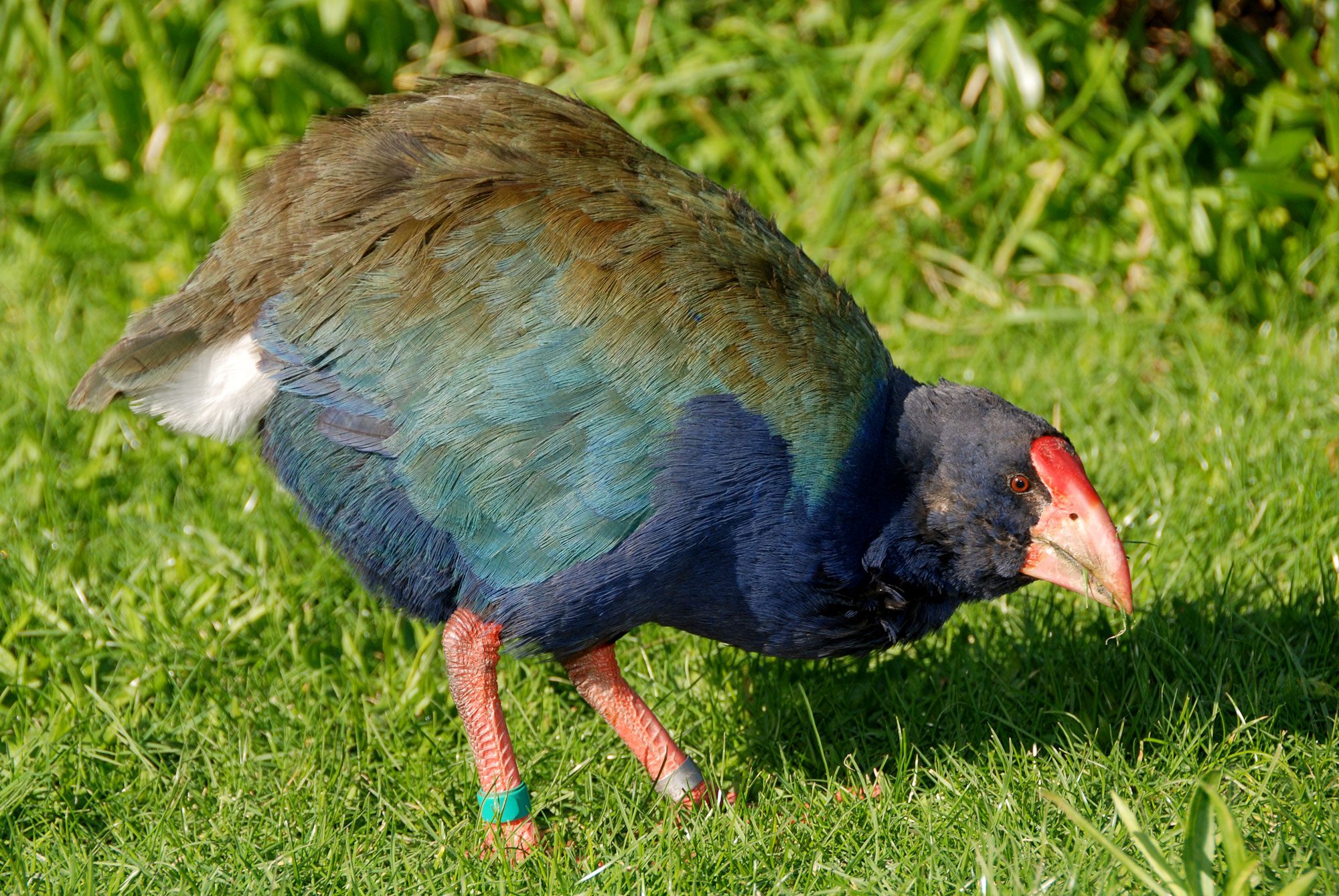
New Zealand itself is a nation of islands, an archipelago made up of two large landmasses, the South Island and the North Island, surrounded by an array of smaller islands and all isolated from the rest of the world for over 80 million years. Like other small land-masses surrounded by water that have emerged over different time frames—such as the Galápagos, Hawaiian, and Caribbean island archipelagos—New Zealand provides a dramatic example of how the temporal process of species diverging and adapting to their local environment can be seen from place to place. New Zealand is one of the oldest island chains. A dizzying number of endemic species of birds, making up 87 percent of the avifauna, have emerged on New Zealand. Of the 32 species of flightless birds, 16 are now extinct. In addition to the small flightless wrens, the island chain is known for species such as the takahes (flightless rails), the Kakapo (a flightless parrot), and of course the kiwis. At one point, at least nine species of large, wingless ostrich-like birds called moas also inhabited these islands. But by AD 1400, just 250 years after the arrival of the first humans to New Zealand (the Maori), all nine species of moa had gone extinct, due to a combination of overhunting and habitat destruction. By the time Lyall set foot on the shores of Stephens Island, almost a third of New Zealand’s unique species were already extinct due to Maori and European settlement, the habitats they destroyed, and the mammalian predators they brought with them.
Before Tibbles’s arrival, there had never been a cat on Stephens Island. In fact, there had never been any mammalian predators on the island. Tibbles, along with her litter in utero, was the first to come ashore, early in 1894. A female cat can produce a litter of as many as eight kittens, sometimes more, and if a male is around, she can be impregnated again within days after giving birth. If an unrelated adult male is not around, siblings will eventually mate with one another, or offspring will mate with their mother. Once in estrus, cats will breed rapidly and often, and their populations will grow exponentially if left alone. Cats make the perfect pet for an isolated island inhabitant, in part because they can obtain most of their own food from their surroundings. Lizards, birds, or small mammals provide a sufficient diet. Cats are carnivores and need to consume primarily protein and some fat to stay healthy. They are ambush predators, sitting for long periods, motionless and quiet, waiting for the right time to pounce. They are quick and efficient and excel at what they do—otherwise they die. Cats have retractable, razor-sharp claws that extend from their strong paws to pin down prey. Once the prey is immobilized, cats inflict the kill bite with two sharp canines, usually to the neck, and quickly begin tearing into scales, fur, or feathers. Cats can kill animals as large as rabbits and squirrels, but their primary prey consists of smaller rodents like mice and voles as well as birds the size of (and including) sparrows and wrens. Cats do not always kill out of hunger. They seem to be stimulated by the chase and if not hungry will still kill; cat owners who allow their cat to roam freely may have received a “present” of a bird or mouse, a testament to their pet’s predatory competence. Some scientists have postulated that the prey-return behavior serves as a way for an experienced cat to try to teach another cat or perhaps even a human to hunt. Others presume it is done by way of caching food or is perhaps an attempt to bring a once-playful toy to a safe place for use another time. Regardless, a single fed or unfed cat can bring home enormous numbers of furry and feathery presents to its owners. Tibbles, once on the island and allowed to roam, doing only what her instinct told her to do, soon began bringing an excited and curious Lyall small birds—probably sometimes whole and sometimes half-eaten.
No one knows what Tibbles was actually like as a companion, or whom she really belonged to. Like most cats, she probably had a fierce independent streak and was under the impression that the lighthouse keepers were there for her enjoyment and companionship rather than the reverse. Tibbles probably was not one to cuddle up on a lap or sleep around a head. As a kitten she was likely as silly and entertaining as any yarn ball–chasing kitten today. Once on the island and allowed to roam, Tibbles likely came and went at will. When not sleeping away long periods of time in the heat of the day, she explored the island, watching everything that moved, contemplating the chase of every twitch. Over time Tibbles probably became more and more wild. Certainly all her progeny were feral. Cats can “go wild” within a generation.
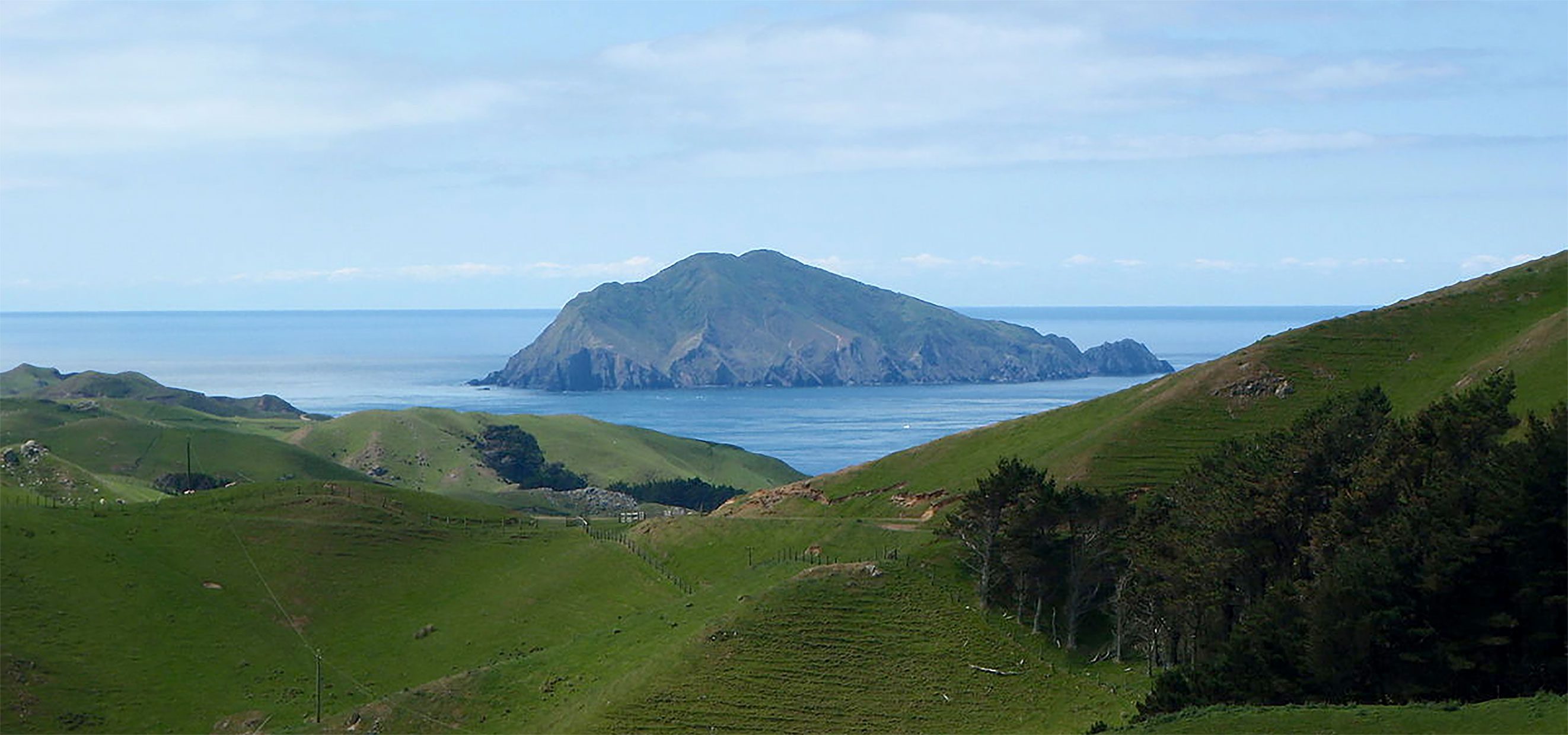
Scientists do not know whether the Stephens Island Wren was at one time more widely distributed throughout New Zealand. It may be that through the destruction of habitats, combined with the spread of cats and rats, populations of this flightless bird had shriveled, and the isolated inhospitable Stephens Island served as a last refuge for the only remnant population. Fossil evidence points to this idea, but such evidence does not provide a definitive answer because it does not capture genetic or other differences that may have distinguished the Stephens Island Wren from other species. Equally plausible is the idea that fossil wrens found on other islands of New Zealand with physical features similar to the Stephens Island Wren were actually different species. Given the biogeographic history of New Zealand, some populations of the Stephens Island Wren likely were isolated from other populations for millions of years, making this scenario quite plausible.
Typically, it is the combination of morphological and/or genetic differences that are used to delineate different species. The term Biological Species Concept, coined by evolutionary biologist Ernst Mayr, defines a species as a group of individuals that can potentially interbreed in nature. In the trenches of the biology field, this is seldom used as the only criterion for deciding when a population of organisms is a new or separate species. Taxonomists and systematists look at the color, patterns, size, and now the genes themselves to decide whether an animal might actually be a species new to science. These are the traits that develop largely through genetic mutations and/or long periods of reproductive isolation, such as might occur on islands or on the opposite sides of mountain ranges or rivers. Because whole specimens of similar wrens from other regions of New Zealand do not exist in collections, there is no way to know whether these other populations were actually the same species as those preserved from Stephens Island. Without this information, the true distribution of the wren, and all the possible causes of its demise in other New Zealand regions, if it was widely distributed, will never be known.
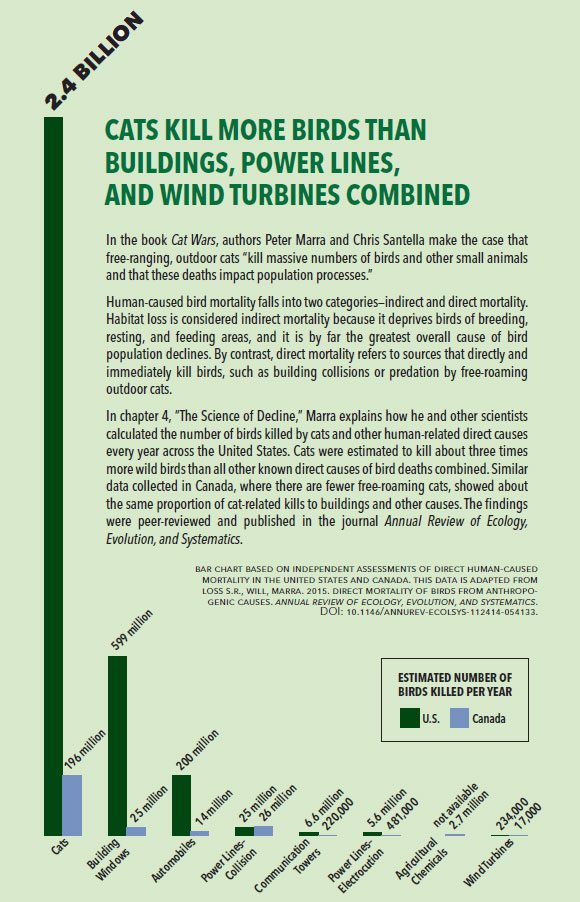
Nevertheless, a fundamental point is clear: By 1894 no one, including any of New Zealand’s most renowned biologists, had recorded seeing the species, and Lyall perceived—having this wren in his hand on Stephens Island—that he was seeing something he had never seen before. Sitting down one evening next to the light that radiated off his paraffin lantern, an excited Lyall started to examine the most recent piles of birds brought home by Tibbles. Most were half-eaten, while others were almost completely intact. Lyall had been on the island only a short time, and thus far he could put a name to most of the specimens. Then he picked up the carcass of one peculiar bird. It was small, olive on the back, pale on the breast, with a scalloped brown fringe to the feathers. It had a narrow white streak above the eye, short wings, and a rather long, decurved brown bill. It reminded Lyall of the Rifleman (Acanthisitta chloris), a similar species of small “wren” common in New Zealand and one he knew quite well. Lyall had likely seen specimen preparation on only a few occasions and had prepared a study skin himself only a couple of times. Nonetheless, he took his scalpel and made an incision along the small bird’s reduced breastbone straight down to the top of the belly. He worked his fingers under the skin, slowly pulling skin away from muscle. Eventually he worked his fingers in from either side until his fingers could meet. Using scissors, he snipped the bone just above where the rear end of the carcass attached to the tail and peeled the skin back from the body until he got to the wings. He could see that Tibbles had pierced the abdomen with her canines and had broken one of the wings, perhaps with the first swipe of her paw. He snipped both wing bones and cut the muscle. He continued to pull the carcass away from the skin, exposing the neck, and he quickly snipped that as well and removed the carcass from the skin. Carefully, Lyall peeled the skin over the skull until he could just see the edges of the eye sockets. He snipped a neat square of bone away from the back of the skull and then carefully scooped out the brain. Lyall knew he needed to remove as much tissue as possible from the specimen so it would dry quickly and to avoid a maggot infestation. He went back to work on the eyes and carefully snipped the thin layer of tissue surrounding the pupil, and pulled the eyes out of the skull. He reinverted the skin, which now had a small hole on each side where the eyes had been, back over the skull, and packed the rest of the skin with sheep’s wool, recreating the eyes, neck, and body. He then stitched up the incision and placed the specimen in the window to dry in the sun. Lyall repeated this process several times over the next few months, creating a series of at least 15 specimens that eventually made their way to prominent ornithologists of the region and time, including Walter Rothschild, Walter Buller, and H. H. Travers.
In just over a year, Tibbles and her offspring, their offspring, and all those that followed became wild and, according to Lyall, were “making sad havoc among all the birds.” Soon there were no wrens and few of the other species to be seen. It is not known exactly when this wren blinked off the earth for good. It could have been within a single year, but it was certainly not much more than a few years after Lyall and the other lighthouse keepers first made their way to Stephens Island that the wren disappeared. Lyall, his son, and perhaps a few others were likely the only humans to see the bird alive. On March 16, 1895, an editorial in the Christchurch newspaper The Press reported, “There is very good reason to believe that the bird is no longer to be found on the island, and, as it is not known to exist anywhere else, it has apparently become quite extinct. This is probably a record performance in the way of extermination.”
A record performance that still stands today: extinct in perhaps a year and, ironically, at roughly the same time the identity of the species was first revealed to the world. A unique song, a lost language never recorded, and one now permanently silent. Fifteen specimens are all that is left of this species, and they exist in nine different museums around the world. Shortly after Lyall discovered the bird, his specimens had been bought, sold, and traded for amounts as high as $1,000 to $2,000 in current market valuation. The cats kept proliferating, and the fate of the birds of Stephens Island was clear. In 1899 the new lighthouse keeper was reported to have shot more than 100 feral cats in a period of ten months in an attempt to return the island to its pre-feline state. It took 26 years, but by 1925 the island was declared finally free of cats.

All About Birds
is a free resource
Available for everyone,
funded by donors like you
American Kestrel by Blair Dudeck / Macaulay Library
